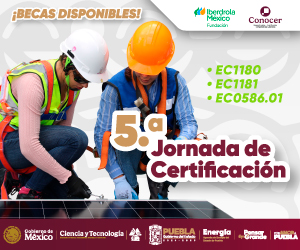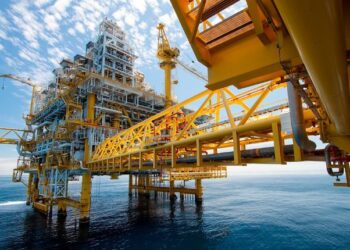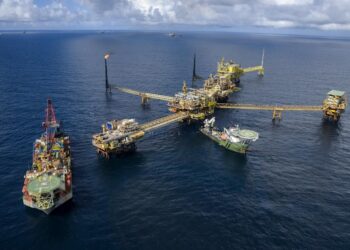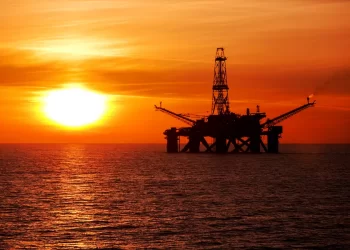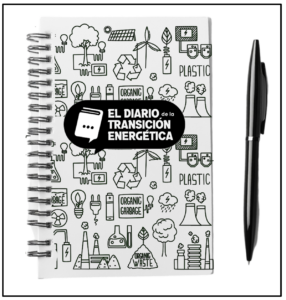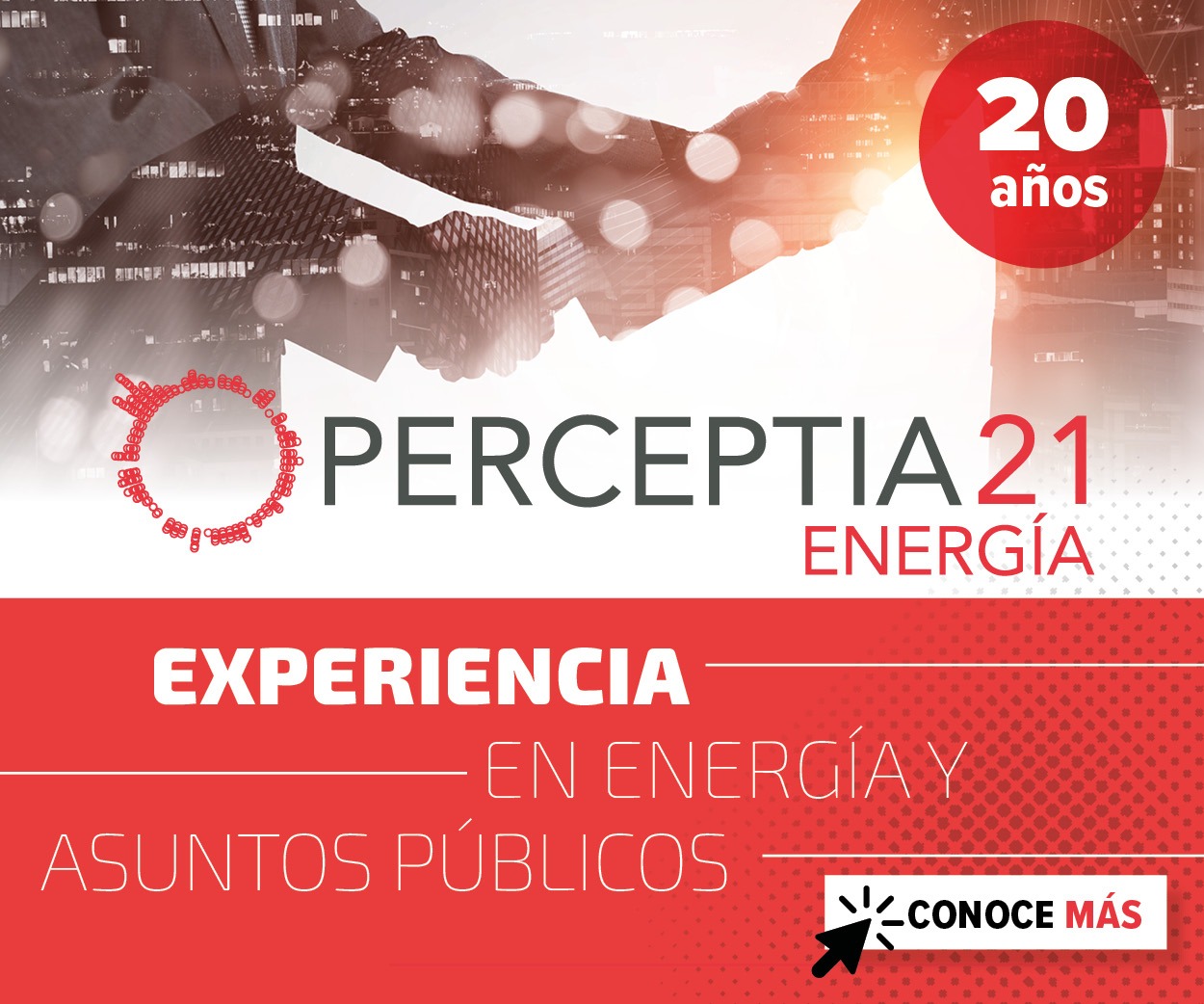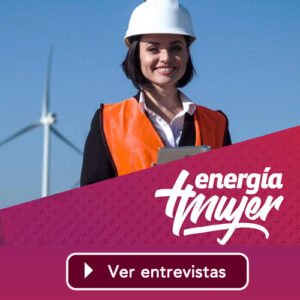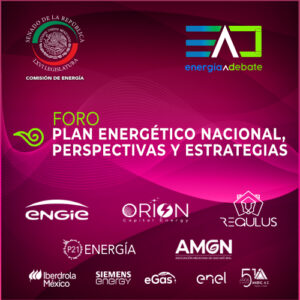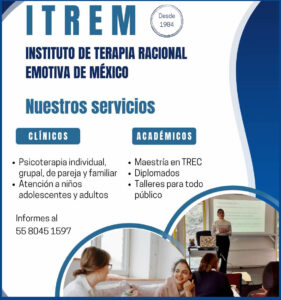Audrey Leon of OE (Offshore Engineer) chats with Statoil?s Helge Hove Haldorsen about the positive results emerging from Mexico?s energy reform, how it compares to Statoil?s own experience as a state-owned operation, and its overall strategy in the Mexican Gulf
The complete article is published in the May edition of OE (Offshore Engineer) and can be read here. OE is published by AtcoMedia Inc. and the current digital edition of the magazine can be consulted here.

|
|
Helge Hove Haldorsen. Images from Statoil. |
OE: Statoil has held an office in Mexico since 2001, can you tell me your thoughts on Mexico pre- and post- the energy reform? What was it like to come into the country and establish operations, and what is it like in this new environment working within the country? Is there a noticeable difference?
Helge Hove Haldorsen (HHH): The Mexican energy reform took courage and collaboration, just like exploration and production (E&P), and I believe the appropriate name for it is: Mexico?s Big Opportunity! Just a few years into the reform, it already has had a massive impact on the oil and gas industry in Mexico. Especially considering the ~50% reduction in the oil price seen since 2014, what has been achieved since Mexico hung up its ?Open for E&P business? sign has been nothing short of impressive.
So far, Mexican authorities have successfully completed four transparent and competitive bid rounds; a total of 55 areas have been bid out to the industry leading to 39 awards; 49 new E&P companies have been established in Mexico ? of which 25 are new Mexican independents, and 12 producing fields are now being operated by other companies than the national oil company Pemex.
In this period, Pemex has also farmed down and handed over operatorship of its Trion deepwater discovery, and also took part in its first open and competitive bid round in the recent deepwater tender. All of this has taken place in just a couple of years, which speaks to the impressive work-rate and commitment of the Mexican government to this new Mexican energy model.
And, this is only the results of the so-called Mexican Round 1. Round 2 has already been announced, and we?re looking forward to consecutive tenders throughout the year for new opportunities in shallow water, onshore and in deepwater areas. The recently updated Mexican five-year plan outlines more opportunities in the years to come, which helps provide the overview and predictability that is so important to industry. Mexican authorities ? spearheaded by Energy Secretary Joaquin Coldwell, CNH President Juan Carlos Zepeda and others ? have done a remarkable job thus far.
Let me also mention AMEXHI, the new Mexican upstream association with some 50 members including Pemex. This has become an important member of the new E&P ecosystem in Mexico interacting with the authorities and institutions on important policy and regulatory matters ? sharing global best practices in both technical and policy matters.
OE: Statoil (in consortium with BP and Total) picked up two blocks (1 and 3) in the Saline Basin during Mexico?s deepwater round in December 2016, and Statoil has participated in previous shallow water rounds. Could you discuss why it was important for Statoil to participate from the very beginning ? some companies including majors have been absent from the rounds so far.
HHH: Statoil?s interest in Mexico has always been driven by the opportunities that we see, and our bid round participation so far has been driven more by the subsurface than any strategic wish per se to enter early. It was the subsurface potential that we saw that drove our participation in the shallow water tenders of Round 1, and it was again the prospective potential ? albeit with the increased risk and uncertainty of this frontier area ? that led us to participate in the deepwater tender together with our strong partners BP and Total.
At the same time, there may of course also be benefits to companies entering Mexico early. They may get a head start in terms of developing the necessary subsurface understanding, regional knowledge and commercial grounding to succeed. But ultimately, our interest in Mexico is driven by ? as much as it is dependent on ? material opportunities and globally competitive terms and conditions.

|
OE: Related to the previous question, which offshore areas (either shallow or deepwater) are considered to be the most exciting areas for exploration?
HHH: Mexico has a significant yet to find potential offshore, particularly in the more frontier deepwater areas. Most of the Mexican deepwater is either underexplored or not explored at all, which of course from an exploration perspective is very exciting. So, we are very pleased about our two recently awarded blocks in the deepwater Saline Basin of Mexico, together with our partners BP and Total.
These are significant, frontier areas, with considerable subsurface uncertainty but with play-opening potential. There is a lot of running room here, so we are optimistic about our chances, but a lot of work still remains to be done to further mature and prove up this acreage.
On the whole, shallow water areas in Mexico are considered to be more mature, given that this is where the majority of Mexico?s offshore exploration and production has taken place over the years, so the remaining exploration potential here is most likely also less prospective. Having said that, the Sureste is a very prolific basin, and there will most likely also be ?hidden or overlooked gems? in this area as well.
OE: What does the current upstream E&P scene look like in Mexico in your view? What is your perspective on current activity off Mexico?
HHH: It is very exciting to see so many new players coming into Mexico, especially the fact that you now have 25 new Mexican E&P companies in the country. No one would have thought that 2-3 years ago.
From Statoil?s perspective, this can only be good for Mexico. More companies participating will mean more eyes looking at the seismic, more ideas about where the oil flows, and ultimately more wells and discoveries.

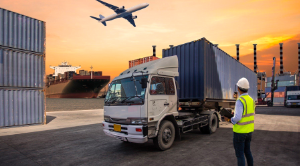 Transporte y Logística
Transporte y Logística Tecnología e Innovación
Tecnología e Innovación Sustentabilidad
Sustentabilidad Responsabilidad Social
Responsabilidad Social Crisis Climática
Crisis Climática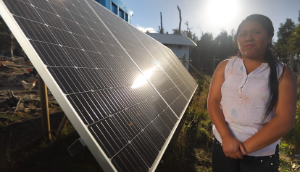 Pobreza Energética
Pobreza Energética Revista
Revista

 Infografías
Infografías


